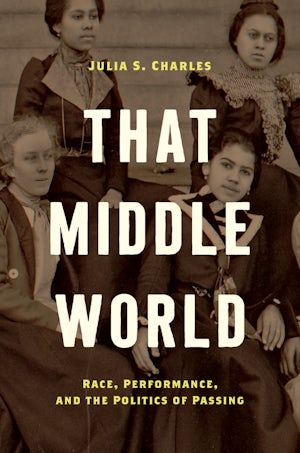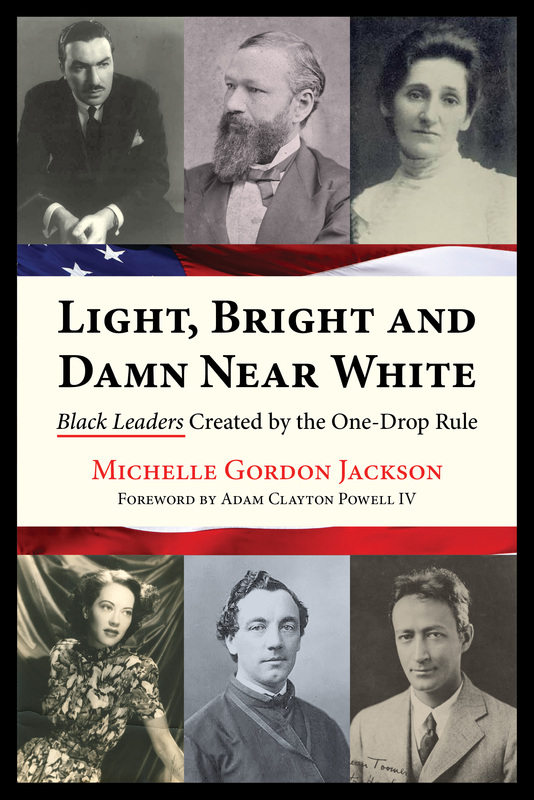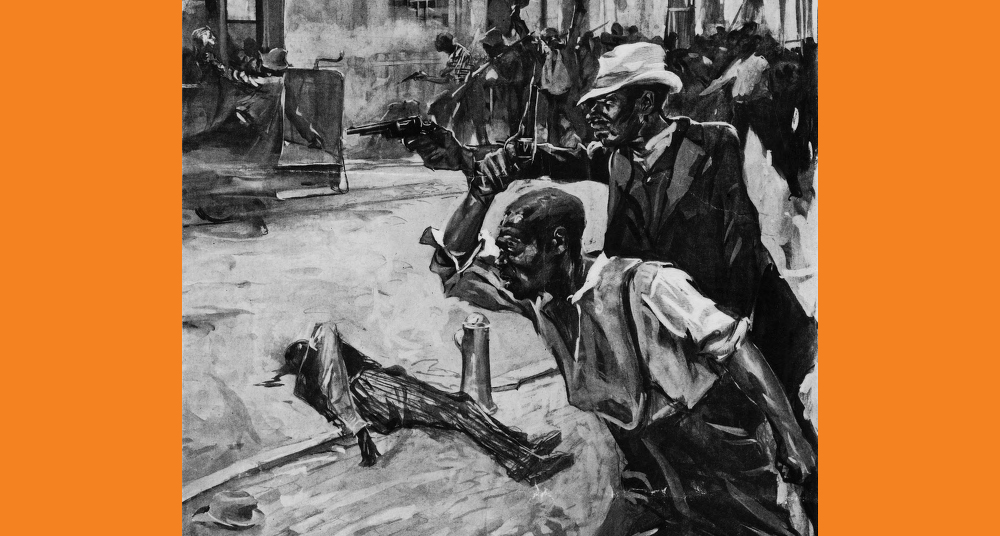I Now Pronounce You Man and White: Racial Passing and Gender in Charles Chesnutt’s FictionPosted in Articles, Literary/Artistic Criticism, Media Archive, Passing, United States on 2022-11-27 03:04Z by Steven |
I Now Pronounce You Man and White: Racial Passing and Gender in Charles Chesnutt’s Fiction
American Literary Realism
Volume 52, Issue 3, (Spring 2020)
pages 189-210
DOI: 10.5406/amerlitereal.52.3.0189
Martha J. Cutter, Professor of English
University of Connecticut
As a literary genre in the late-nineteenth and early-twentieth century, many African American-to-white racial passing fictions are built around a stable set of narrative conventions: the passer decides to pass, moves to a new location, takes on a new name and identity, and then either dies, returns to his or her “true” race, or moves out of the United States (usually to Europe). Of course, there are exceptions to these patterns, but many fictional texts well into the first three decades of the twentieth century continue to utilize them to a large degree.2 This is not to deny, as some critics contend, that passing texts sometimes disrupt many of the binaries around which identity categories are established and maintained—such as black versus white or male versus female—as well as the visual “logic” of race itself.2 Yet many early twentieth-century passing texts conclude by containing to some degree the challenging questions that the passing figure has raised about the durability of categories of race (or gender) through specific types of narrative closure.
Charles Chesnutt’s The House Behind the Cedars (1900) is unusual in that the male protagonist—John Walden/Warwick—ends up continuing to live in the United States while passing for white; therefore many questions that John’s passing presence has raised about the stability of racial identity are left open at the end of the text. Yet Rena Walden/Warwick, John’s sister, who also passes for white, is dead at the end. Does Chesnutt—who certainly saw race as a social construction,3 although perhaps not gender—ever depict women characters who can maintain a passing presence that keeps open questions about the meaning of whiteness and blackness? In fact there are several texts by Chesnutt in which women pass for white. However, their passing is often allowed, enforced, or enabled by a male (black or white) whom they might marry. In such texts both African American and white men have the ability not only to provide to women an identity as “wife” but also an identity as “white.” These female racial passers are therefore both literally and figuratively granted whiteness only through inscription as patriarchal property within the institution of marriage. Hence the title of this essay: for Chesnutt’s women, it is a male who can pronounce them not only wife, but also white.
A lawyer himself—he had passed the bar in Ohio in 1887—Chesnutt is often viewed as presenting a sophisticated critique of the law and as sometimes “theoriz[ing] imaginative ways that legal principles could be used to repair American race relations.”4 Yet is this the case in terms of gender relations—does Chesnutt’s fiction critique and repair gender inequities? Chesnutt’s fiction recognizes the intersectional nature of women’s oppression in the late-nineteenth and early-twentieth century, when women of any race possessed limited rights under the doctrine of coverture and in the face of the denial of women’s suffrage and other political and legal civil liberties; yet his works do not imagine a “repair” of gender relations.5 Robyn Wiegman argues that “modern citizenship functions as a disproportionate system in which the universalism ascribed to certain bodies (white, male, propertied) is protected and subtended by the infinite particularity assigned to others (black, female, unpropertied).”6 Men who pass into whiteness therefore may become modern citizens with full rights and a universal and unparticularized body. But women who pass into whiteness are still women with limited rights and non-property holders in most states in the U.S. well into the late-nineteenth century, and they are always defined in terms of their bodily particularity and peculiarity. Moreover, within the system of capitalism they are configured as property to be trafficked between men, gifts to be traded back and forth, and it is only specifically through an exchange between men that they can move from a natural realm (a realm outside society) to a social order in which their status (even as objects) can be…
Read or purchase the article here.






